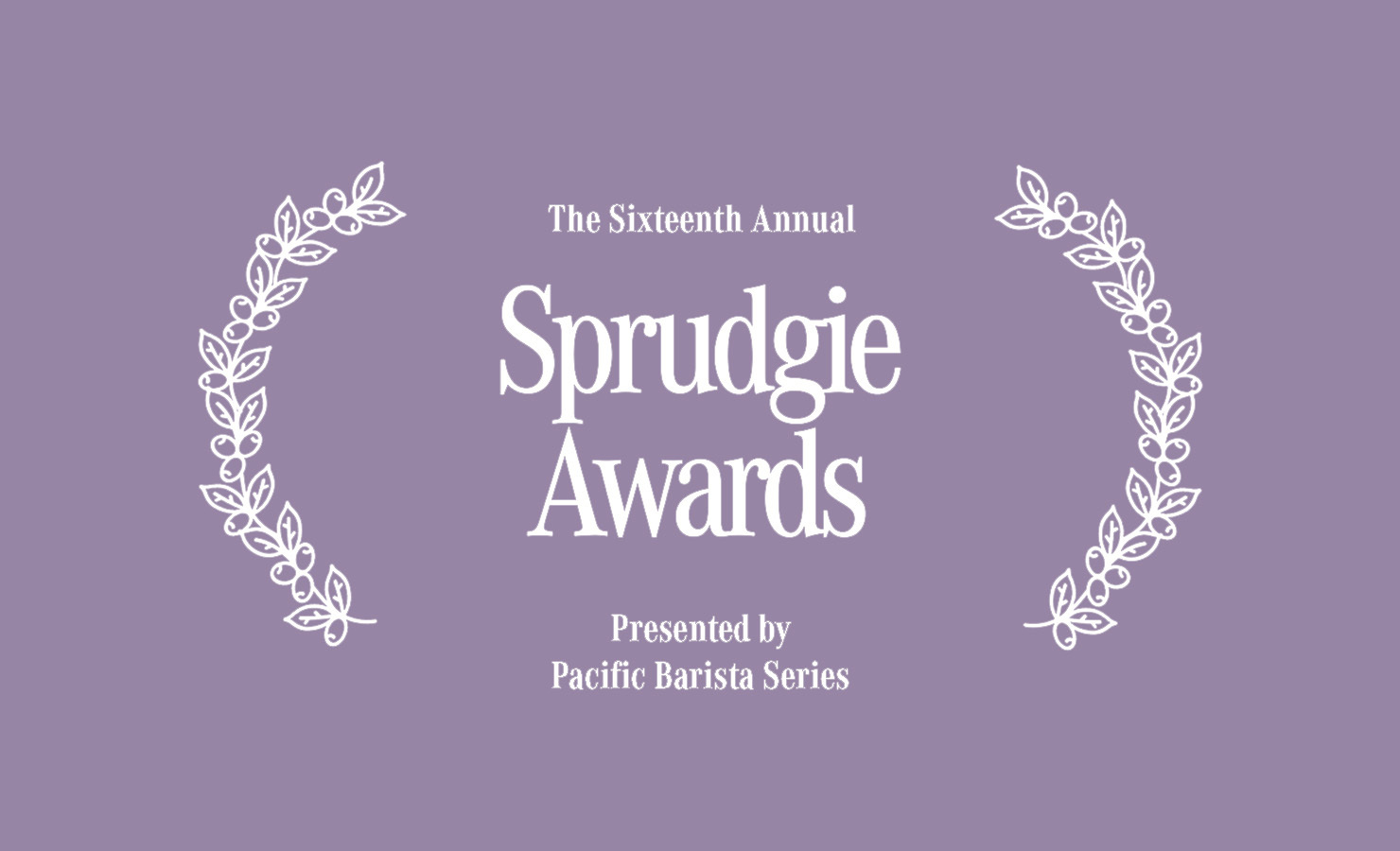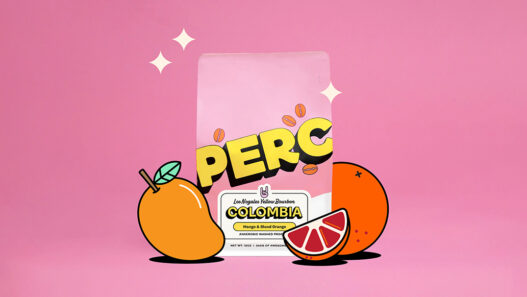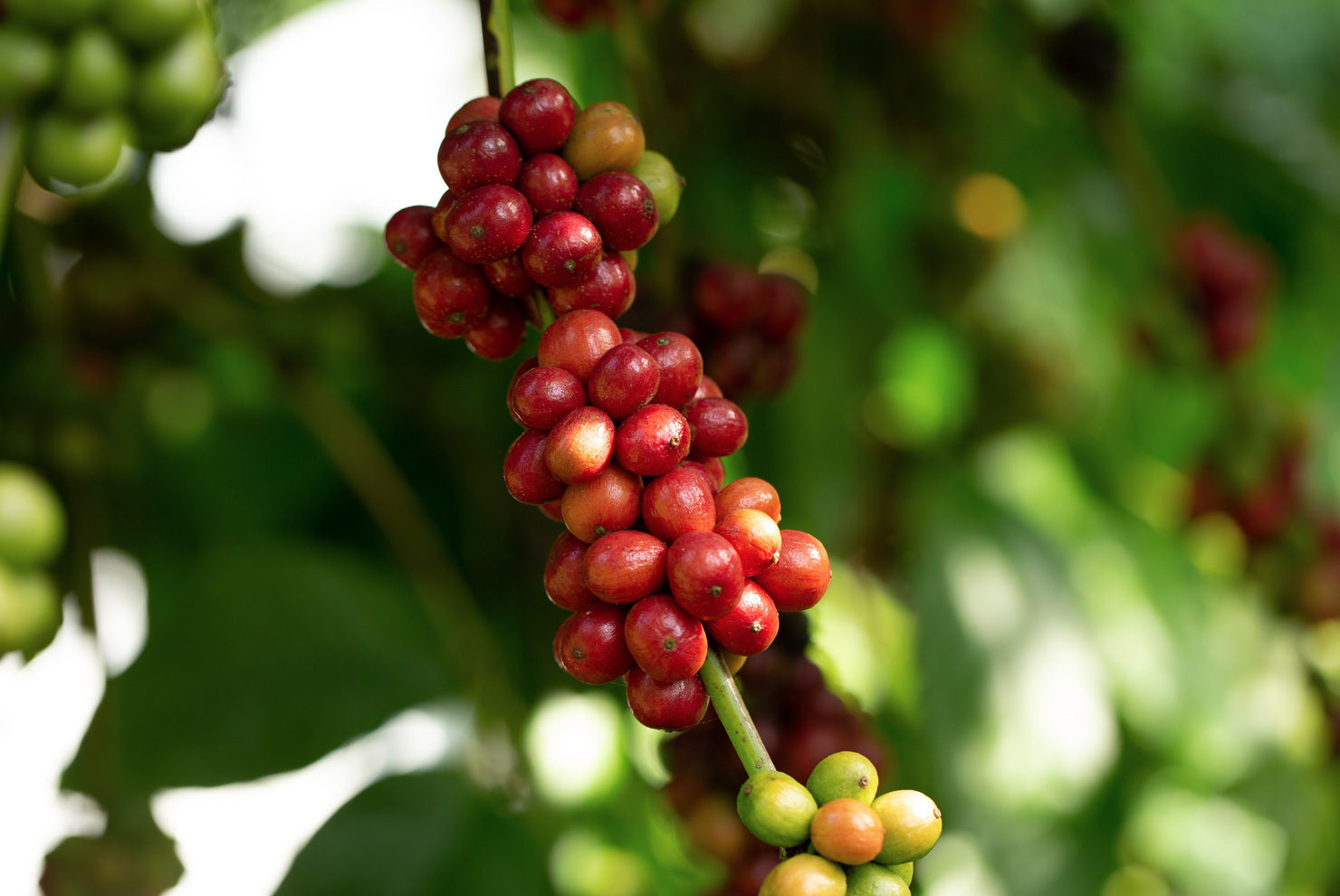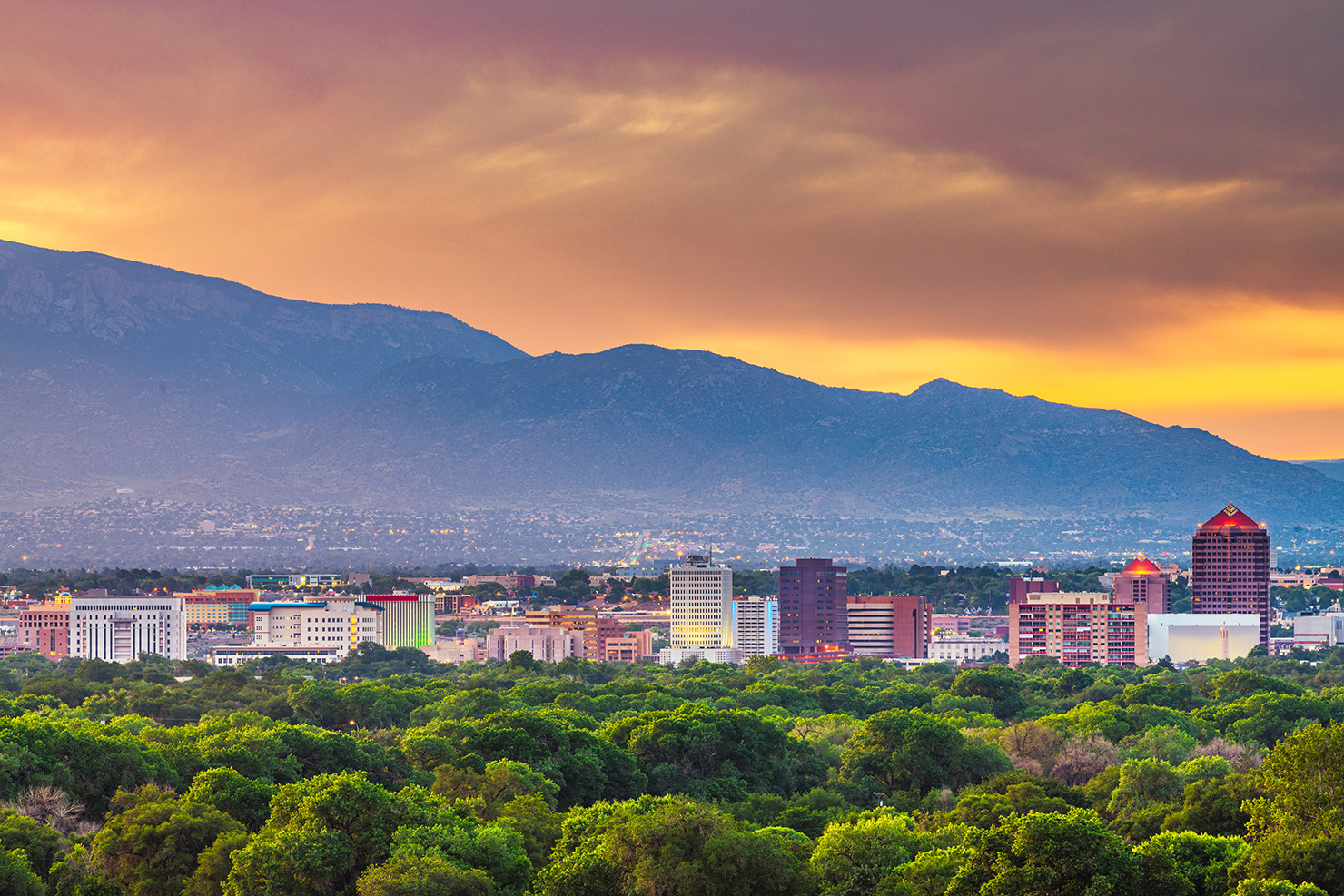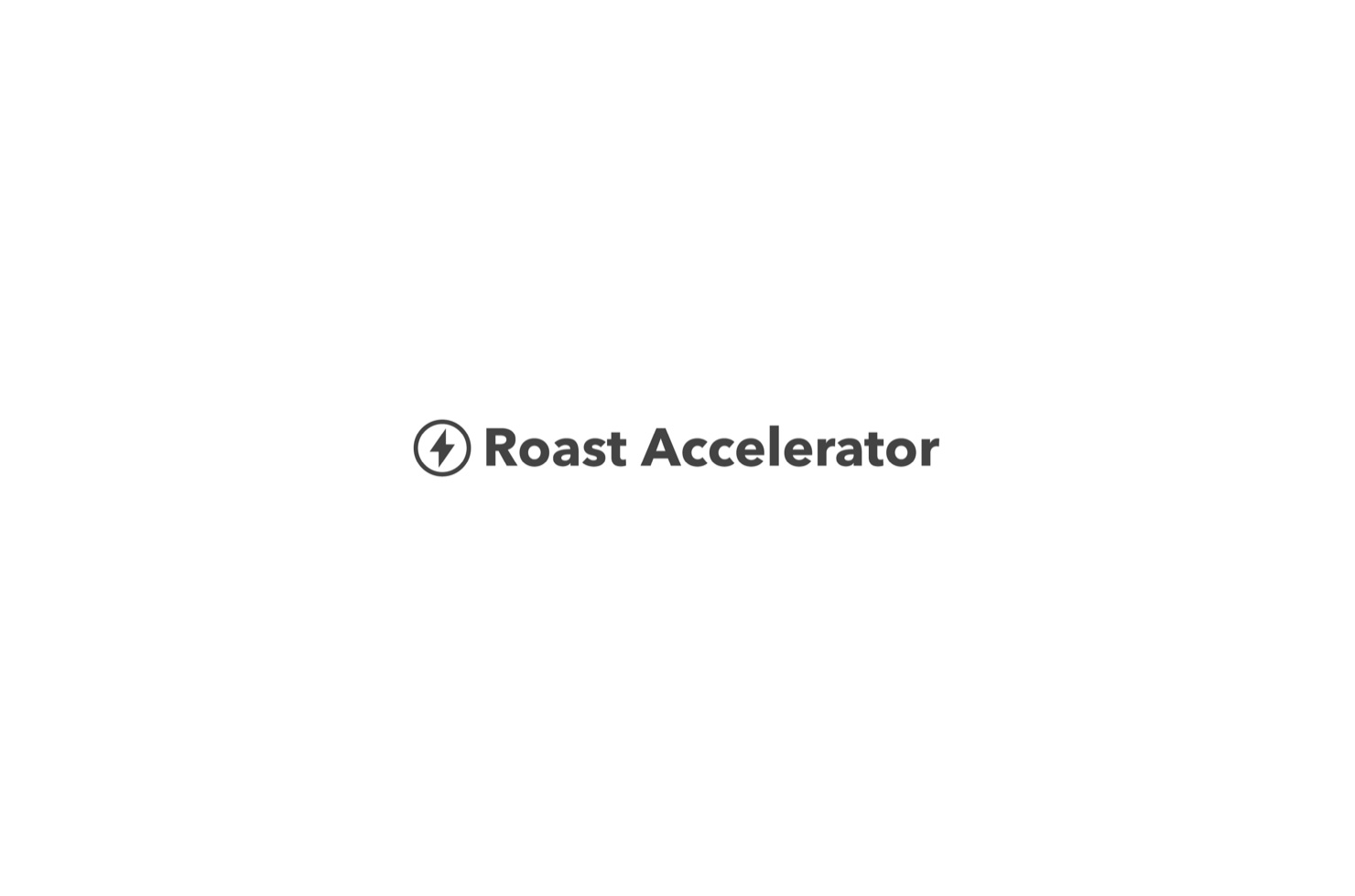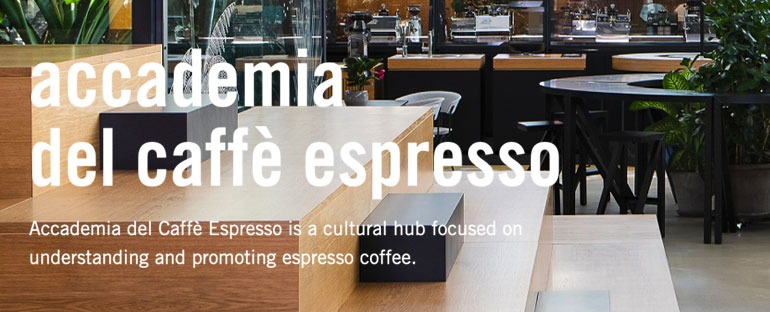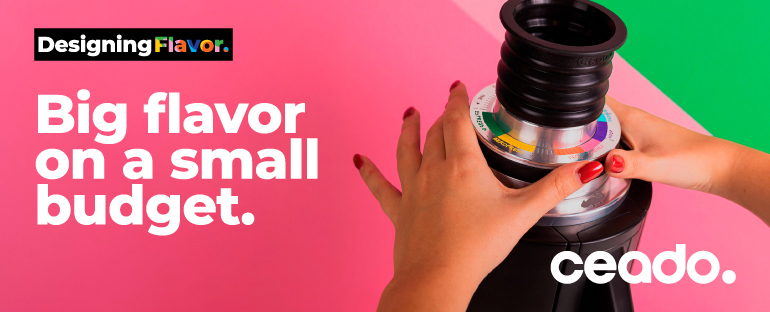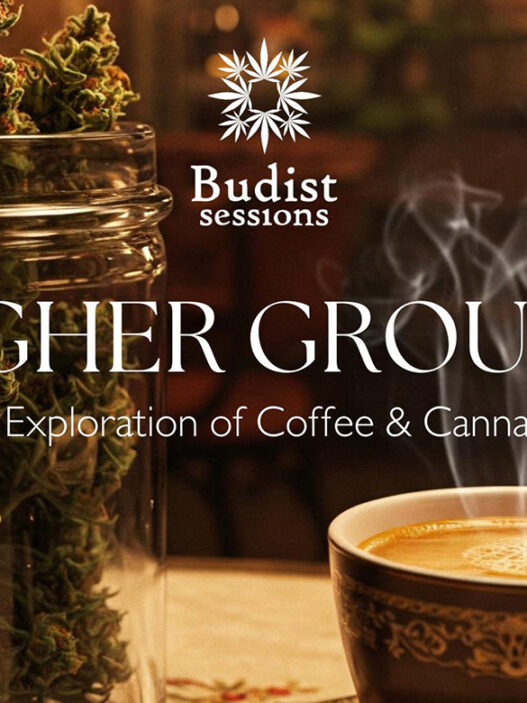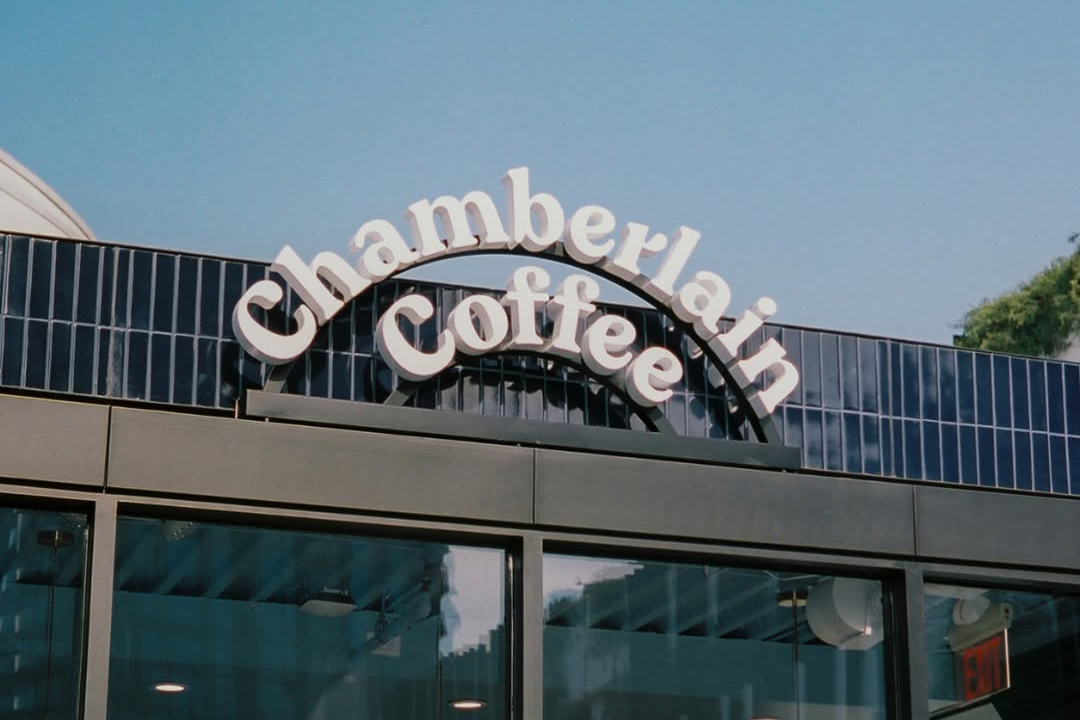With the end of each passing year comes a chance to reflect, learn from our mistakes, and work toward the best version of ourselves. And with it also comes a new year and a chance to speculate wildly about the upcoming year in hopes of garnering a few coveted clicks. The New York Times, the Paper of Record, opted to take part in this time-honored tradition with some hot takes on what the hot food trends in America will be in 2022. Among these is the claim that Robusta is poised to challenge Arabica’s dominance in American coffee culture.
In the article, the Times notes that the challenges Arabica has experienced over the past few years—climate change, a recent surge in prices (though this spike has also affected Robusta for many of the same reasons), etc—as a preface to set up their argument, which hinges around the nation of Vietnam as a coffee producer, and the growing influence of Vietnamese coffee culture in America. It’s an intriguing point, but the argument gets sort of flattened; reducing coffee culture in Vietnam—one of the most incredibly vibrant in the world, with world-class cafes across Ho Chi Minh City, Hanoi, and Da Nang—to nothing more than Robusta made using a phin is rather myopic. Vietnamese coffee culture has been hugely influential in cafes around the globe for many years now, including the United States, where outstanding coffee bars like Kimberly Dam’s Cà Phê in Portland and Jackie Nguyen’s Cafe Cà Phê in Kansas City are fully realized, to name just two. This is not a “new” trend and it’s certainly not beholden to 2022 in any appreciable way: Vietnam has been influential on coffee culture. Robusta has been ascendant in the conversation around coffee consumption.
Robusta is not synonymous with bad, low quality, bitter coffee. Yes, it does have more caffeine than Arabica, which can enhance the perceived bitterness, but there are many, many folks, like Will Frith in Vietnam and Dr. Sunalini Menon in India, who are working towards increasing Robusta’s quality, and many Robusta lots treated with the same meticulous production as much of the high-end Arabica receives have actually scored as specialty grade. Robusta can be good if you let it.
What’s really exciting about Robusta has nothing to do with Americans are drinking it, knowingly or otherwise. It is in its potential to create longevity, not just in coffee production but in global sustainability. In Brazil, for instance, farmers are planting Robusta trees as a way of battling deforestation, a story Juliana Ganan covered in-depth last year for Sprudge Special Projects. (The NYT ignoring Brazil in the conversation around Robusta is, as they say, a choice.) And Robusta’s climate resilience makes it a strong candidate for hybridization with Arabica, which has been happening for quite a while and shows no signs of slowing.
If you’ll permit the critique, this is some Grade A Columbusing from the New York Times. And in the world of food and beverage writing, there’s few things that feel less like 2022.
Zac Cadwalader is the managing editor at Sprudge Media Network and a staff writer based in Dallas. Read more Zac Cadwalader on Sprudge.





